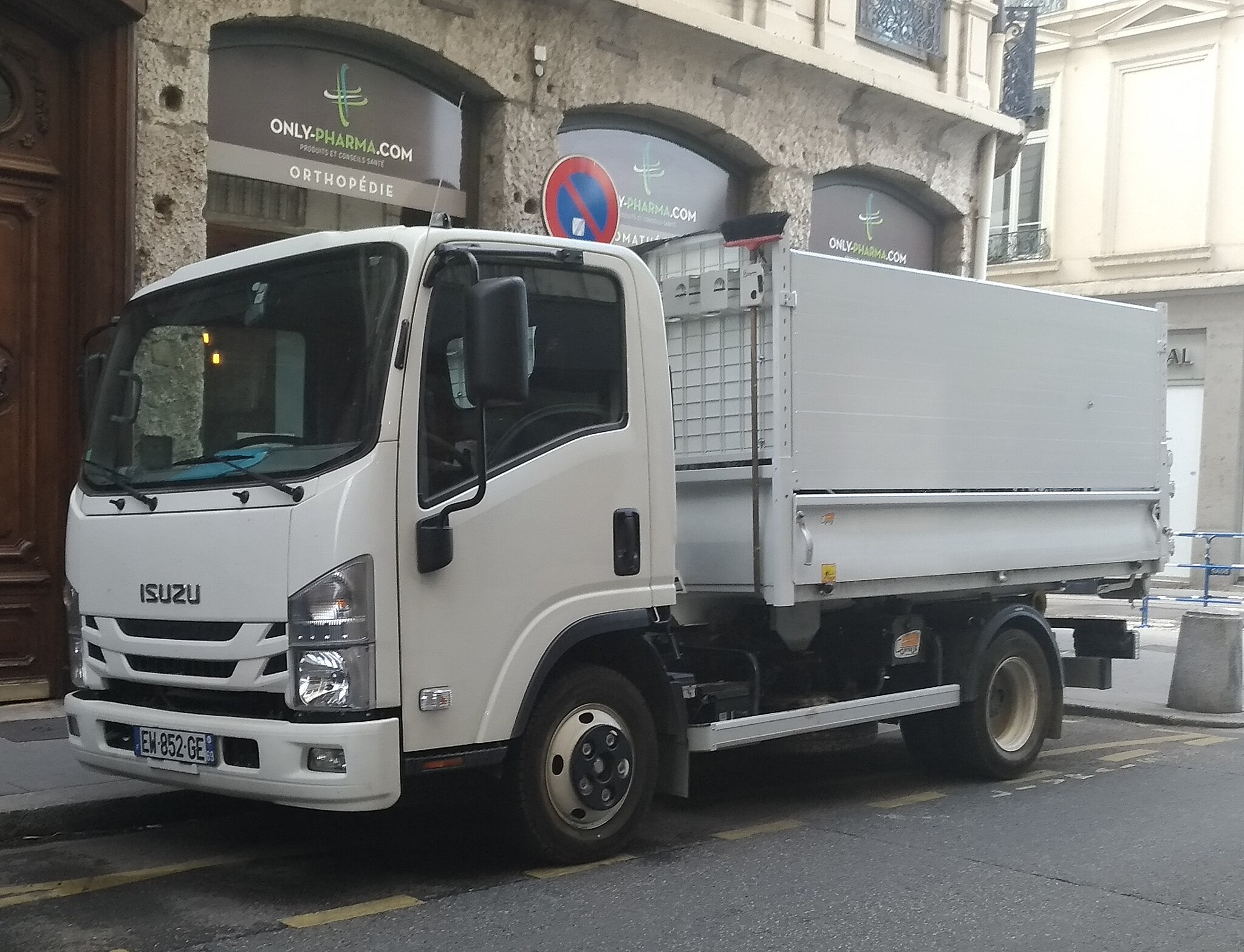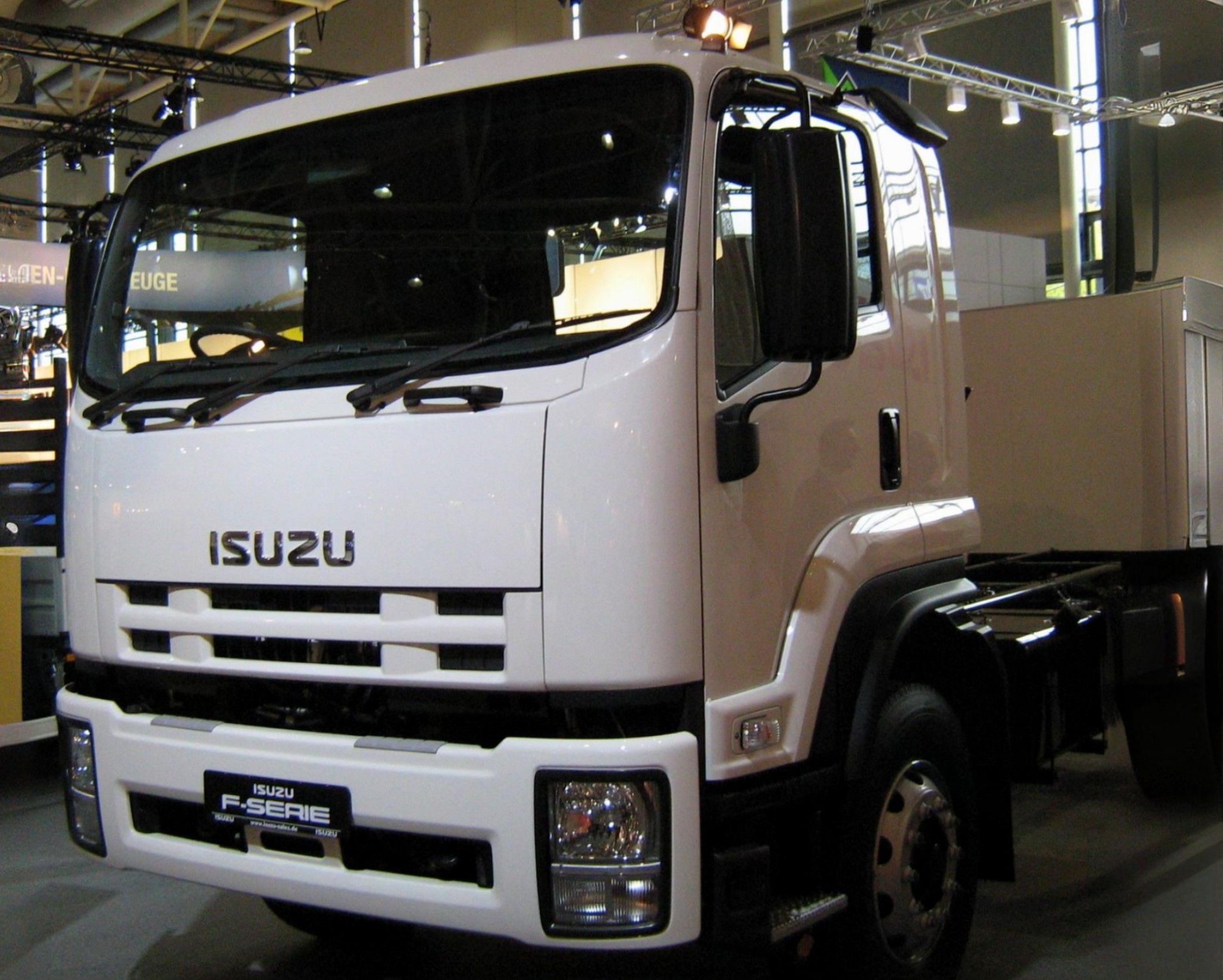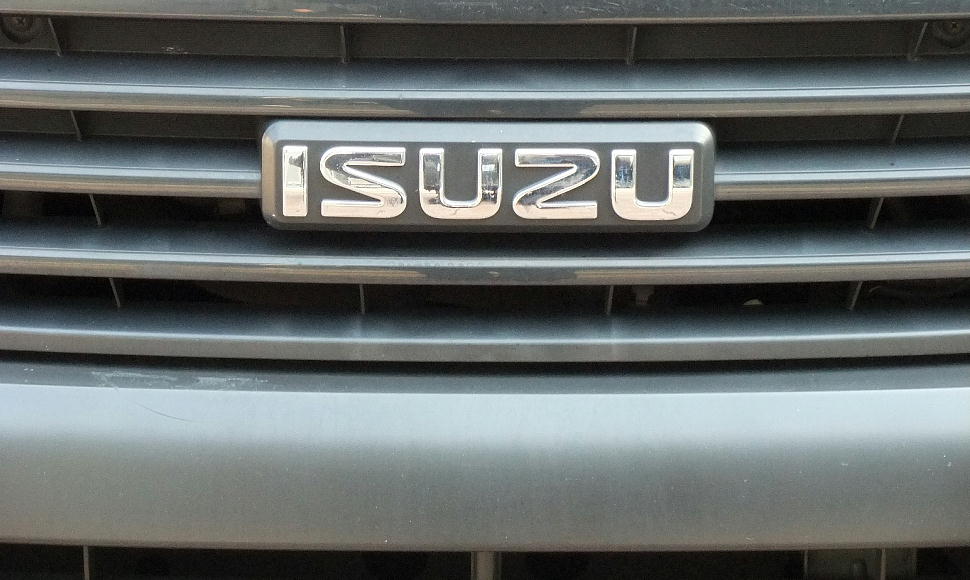Like other generational automakers, Isuzu comes from the era of Japan’s Industrial Revolution, which occurred at the turn of the century. Current Japanese automotive behemoths often began life from a visionary or a conglomerate breakaway. Isuzu followed the same pattern; a Tokyo shipbuilding company diversified into the automotive industry in 1916.
In 2009, Isuzu exited the US passenger car and small truck market and left its commercial trucks and bus business. The brand has expanded its lineup to include powerful new electric delivery trucks and smaller buses.
Isuzu follows the NHTSA mandates of its 17-digit alphanumeric code and two required VIN locations.

Isuzu VIN Decoder
Prospective buyers can obtain basic information, such as make, model, or engine size on any vehicle by using a quality VIN decoding service such as GoodCar. Each character in the NHTSA-mandated 17-digit alphanumeric VIN is encoded with information manufacturers deem important. Input the code into the Free GoodCar Vin Decoder service, and the tool instantly returns a fundamental profile on any specific car or truck.
Deciphering an Isuzu VIN
- 1
- F
- T
- 8
- W
- 3
- D
- T
- 8
- 5
- 5
- c
- 3
- 8
- 8
- 9
- 9
Isuzu VIN Locations
The Isuzu's vehicle identification number is located on the driver’s side door jamb about halfway down the post. Additional locations for the VIN are in a few places, such as the driver's side front frame rail, above the sun visor, and in the glove box.
The engine serial number is also posted on a data plate affixed near the top of the engine block at the valve covers. The number may also be stamped on the engine block.
Commercial Isuzu Trucks
Isuzu builds a wide range of commercial trucks and engines uniquely suited to work on American roads. The brand offers an N series and an F series of commercial trucks. It has just started to produce a line of electric-drive commercial vehicles.

N series truck
The N series truck offers its customers two cab choices. Its hefty 6.6L gasoline engine produces 350 hp and 450 pounds of torque, and a dual-rear-wheel chassis facilitates heavier payloads. A four-wheel disc braking system and a heavy-duty multi-leaf suspension make the N-series a safer and more comfortable ride. The class three and four trucks provide GVWR/FCWR from 14,500 to 20,500 pounds.

F series
Isuzu's F series is their heavyweight brand of commercial trucks with a larger, cab-forward design that offers better maneuverability and a higher seating position for improved visibility. The F series offers a Cummins B6.7L, six-cylinder engine that generates 260 hp and a massive 660 pounds of torque. These class six and seven trucks provide GVWR/GCWR from 25,950 to 45,950 pounds. Excellent warranties, an Allison Transmission, and plenty of options make this Isuzu truck one to consider.

The Isuzu VIN
Commercial trucks are all that remains of the Isuzu brand in the United States. However, the truck division is still a vibrant member of a diversified company. The first Isuzu truck was delivered to the shores of the United States in 1984, and as recently as 2018, the brand continues to break sales records.
Isuzu follows the 1981 NHTSA VIN mandates of a 17-digit alphanumeric code. The brand continues its practice of stamping the engine block and frame with internal serial numbers on different models.
Isuzu VIN Lookup
Prospective buyers, fleet managers and others who need a complete profile of any vehicle should use the GoodCar VIN lookup tool. Input the 17-digit code into the application, and GoodCar instantly returns a comprehensive report that documents recalls, accident history,a complete title history and more. Before making a final decision on a vehicle, every user should access the GoodCar VIN Check to uncover the historical timeline of a specific car or truck.
GoodCar Isuzu VIN Checks
GoodCar VIN checks provide an enormous amount of information to help owners, fleet managers, prospective buyers, insurance personnel, and many others to make a wise final decision on a car.
Recalls and technical service bulletins are vital bits of information that owners should always be aware of. TSBs let everyone know of problems with their truck that should be addressed immediately. Recalls from the NHTSA, CPSC, or the manufacturer are long-term issues that most likely involve performance or safety concerns.
Odometer fraud is a fast-growing and persistent crime that affects every car and truck on the road. Using the GoodCar service for a transaction or a service checkup allows the user to compare odometer readings at each step to determine whether fraud is involved.
Recalls
July 2024, bulletin #CB23-N-00, affected vehicles 2023 – 2024 Isuzu N-Series Vehicles Equipped with 6.6L (L8T) Gasoline Engines. An incorrectly sized wire seal was selected for two externally mounted engine ignition coil pack fuse holders. This has the potential for water getting into the fuse holders and eventual corrosion or failure of the fuses. If the ignition coil pack fuses corrode or fails, two events may happen, in each case increasing the risk of a crash: (1) the Check Engine Malfunction Indicator Light (MIL) may come on, and the engine may misfire, resulting in reduced power output and slower than average acceleration; (2) the vehicle may derate and limit maximum vehicle speed to 5 MPH (power steering and power brake assist will still function normally); (3) if you shut off the engine, it may stall when you try to start it and not restart. Isuzu dealers will apply a silicone sealant to the rear of the existing fuse holder plug free of charge.
January 2023, Safety Recall Report #23V-017. The recall applies to 2022 and MY 2023 Class 5 diesels equipped with ESC, or ESC and optional ADAS, as well as the factory frame modification option to extend the wheelbase from 176 inches to 200 or 212 inches. When the trucks were modified to extend the frame to a 200-inch or 212-inch wheelbase, the ADAS camera and ABS module were not recalibrated to account for the different inputs from the vehicle resulting from the stretched frame. When driving in a curve, the ADAS and the ESC system working together with the ABS module may not function properly.
If the ADAS and ABS modules are not recalibrated after the frame is stretched, several events could occur – in each case, increasing the risk of a crash.

